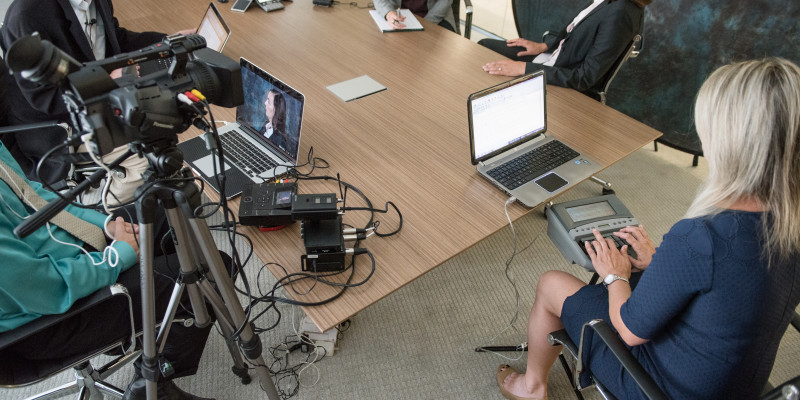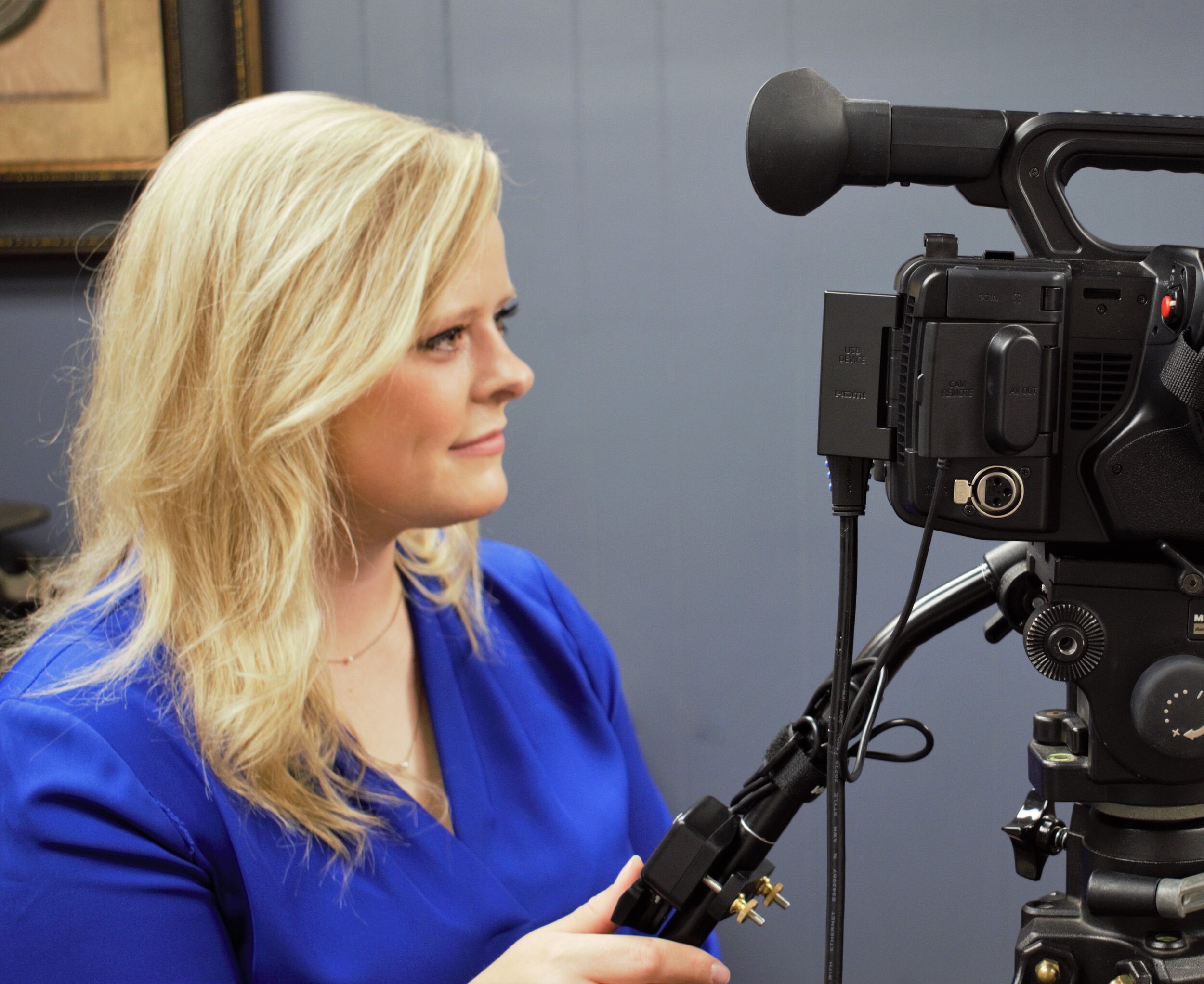The Role of Legal Videography in Modern Legal Process
The Role of Legal Videography in Modern Legal Process
Blog Article
Looking Into the Devices of Legal Videography: Unveiling Its Procedure in Shielding Genuine Aesthetic Statement for Judicial Procedures
In the realm of judicial proceedings, the function of legal videography stands as a foundation in maintaining and providing aesthetic evidence. As technology remains to advancement, the mechanisms behind lawful videography have actually ended up being progressively complex, using a critical layer of credibility to statements recorded on video. By delving right into the functional complexities of lawful videography, one can discover the meticulous procedures that secure the honesty of aesthetic evidence provided in court rooms - Legal Videography. This exploration not only clarifies the historic development of legal videography however also hints at the future fads that may additionally reinvent how aesthetic testaments are maintained in the world of justice.
Historic Development of Legal Videography
Taking a look at the historic development of lawful videography exposes a significant transformation in the catching and discussion of visual proof within the legal landscape. In the past, lawful proceedings heavily depended on written records and photographs to record occasions and supply proof. With the introduction of video innovation, the legal sector witnessed a paradigm shift in how aesthetic testimony was captured and provided.
The development of legal videography can be traced back to the late 20th century when innovations in video clip recording tools made it extra obtainable for usage in courts. This technical innovation not just boosted the precision and integrity of aesthetic proof but additionally reinvented the method instances existed to courts and judges (Legal Videography). Lawyers began to acknowledge the persuasive power of video clip recordings in sharing feelings, subtleties, and non-verbal hints that written records or pictures alone could not record effectively

Modern Technology Innovations in Video Clip Documentation
What essential technological advancements have revolutionized video clip documentation in the lawful area? The legal field has seen significant advancements in video clip paperwork technology that have improved the credibility and dependability of visual proof in judicial proceedings. Among the vital advancements is high-definition (HD) video clip recording capacities, which supply crystal-clear images and sharp details that are crucial for properly catching testimonies, facial expressions, and various other aesthetic hints. Furthermore, the combination of timestamping and metadata functions in video documents tools has actually made it possible for specific paperwork of when and where the video was videotaped, guaranteeing the integrity of the proof provided in court.
Moreover, improvements in video clip file encryption and watermarking technologies have strengthened the security and tamper-proof nature of video clip evidence, protecting it versus unauthorized changes or meddling. Furthermore, the introduction of cloud storage remedies and remote gain access to capabilities has streamlined the storage space, access, and sharing of video clip evidence, promoting seamless collaboration among legal specialists and ensuring effective accessibility to essential aesthetic testaments when required. These technical innovations in video clip documents have actually definitely reinvented the lawful area, improving the precision, trustworthiness, and admissibility of aesthetic proof in judicial procedures.
Function of Legal Videographers in Court Room Settings
The development of video paperwork technology in the legal area has demanded an essential duty for lawful videographers in court setups, ensuring the integrity and integrity of visual testimonies offered throughout judicial process. Legal videographers play a basic function in capturing and protecting precise aesthetic evidence that can be pivotal in court instances. Their duty includes setting up tools, tape-recording process, and generating top notch videos that properly reflect the events in the court room.
Additionally, legal videographers commonly function carefully with lawful groups to ensure that the video evidence aligns with the situation's requirements and can be successfully offered in court to sustain the lawful debates being made. Generally, the role of legal videographers in court room setups is indispensable in supporting the concepts of justice and making sure the openness of lawful process. Legal Videography.

Ensuring Admissibility and Integrity of Video Proof
To keep the trustworthiness of aesthetic proof presented in legal procedures, making sure the admissibility and honesty of video proof is a vital obligation for legal videographers. Admissibility describes the approval of proof by the court, and for video proof to be permissible, it has to meet certain requirements. Lawful videographers play a vital duty in making sure that the videos they catch adhere to the guidelines of proof, such as dependability, significance, and credibility.
Integrity of video clip proof entails keeping the originality and precision of the video footage from the time it is taped up until it is presented in court. This consists of securely storing the video clip files, documenting the chain of protection, and stopping any type of meddling or alterations. Legal videographers should stick to strict methods to ensure the integrity of the video clip proof and stop any obstacles to its authenticity.
Future Trends in Legal Videography
Given the raising dependence on modern technology in legal procedures, legal videographers are poised to embrace ingenious developments forming the future of visual statement capture and discussion. Among the famous trends on the horizon is the combination of digital truth (VIRTUAL REALITY) and enhanced fact (AR) modern technologies right into legal videography. These modern technologies have the prospective to reinvent exactly how visual evidence is offered in courts, permitting discretionary to immerse themselves in the scene of the crime or case.
Moreover, the use of fabricated intelligence (AI) formulas for video evaluation is expected to enhance the process of reviewing and analyzing big quantities of video footage. AI can help in identifying essential moments, anomalies, and patterns within videos, improving the efficiency of lawful investigations.

Final Thought
Finally, legal videography has played an essential role in giving genuine visual evidence for judicial process. Through technical innovations and the proficiency of lawful videographers, the stability and admissibility of video clip proof are ensured in courtroom settings. As legal videography continues to develop, it will be necessary to promote requirements that preserve the precision and integrity of aesthetic testimony for the future of legal process.
Taking a look at the historic development of lawful videography discloses a significant transformation in the catching and discussion of visual evidence within the legal landscape.The evolution of video documents technology in the legal field has necessitated a crucial duty for legal videographers in courtroom settings, making sure the integrity and dependability of aesthetic testaments offered throughout judicial procedures. In addition, lawful videographers frequently work carefully with legal see here teams to make certain that the video clip proof aligns with the situation's needs and can be properly offered in court to sustain the lawful arguments being made.To preserve the integrity of aesthetic proof provided in legal process, ensuring the admissibility and honesty of video clip proof is an essential duty for legal videographers. As lawful videography proceeds to progress, it will certainly be over here necessary to promote standards that keep the precision and dependability of visual testament for the future of lawful proceedings.
Report this page